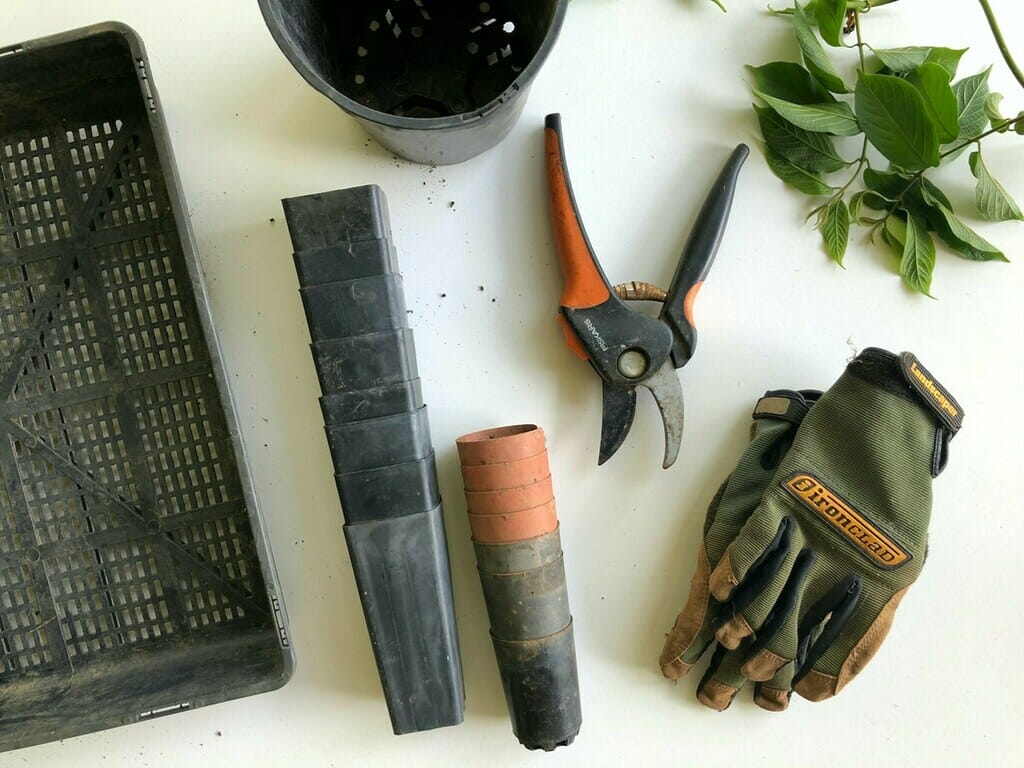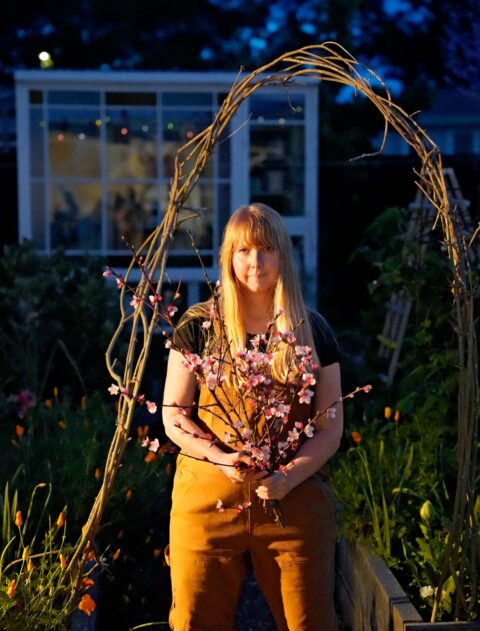As the sun casts its warm rays upon the earth, we are reminded of the beauty and bounty of nature. And what better way to celebrate the summer season of growth and renewal than by taking up the art of gardening?
For many, gardening may seem like a chore, a drudgery to be endured. But I assure you, dear reader, that nothing could be further from the truth. Gardening is, in fact, a meditative and deeply rewarding practice, one that offers both physical and mental benefits.

Think of it as a full-body workout, one that requires no gym membership or expensive equipment. As you dig, plant, and tend to your garden, you will engage every muscle in your body, from your legs and core to your arms and shoulders. And as you chase after that pesky rabbit or haul bags of soil, you will find yourself feeling stronger and more energized than ever before.
But the benefits of gardening do not stop there. As you watch your plants grow and flourish, you will find yourself enveloped in a sense of peace and contentment. The act of nurturing and caring for living things is a powerful balm for the soul, and the satisfaction of biting into a juicy tomato or plucking a ripe strawberry that you have grown yourself is a feeling that cannot be matched.
And let us not forget the environmental benefits of gardening. As we create our own little oases in our backyards, we also contribute to the greater good by promoting biodiversity and providing habitats for the bees and butterflies that are so vital to our ecosystem. And by growing our own food, we reduce our carbon footprint and take a step towards a more sustainable future.

A February Gardener’s Guide
As the warm sun of February shines down upon us, the earth is alive with the promise of new growth and bountiful harvests. And as the gardener, it is our task to tend to this delicate symphony of life.
The key to a successful February garden is in the planning. As we sow our seeds and plant our seedlings, we must choose wisely, selecting only the hardiest and most flavorful varieties. Consider sowing cabbages, cauliflower, broccoli, kale, pak choi, leeks, parsley, silverbeet, and Florence fennel in trays; directly into the garden, sow broad beans, carrots, beetroot, and silverbeet.

But do not limit yourself to just vegetables. As you plan your garden, remember to include a variety of leafy greens and herbs. Lettuce and rocket, for example, should be sown in a cooler area to avoid bolting. And be sure to plant seedlings of leafy vegetables right through to the end of autumn for a continual harvest.
As the garden begins to flourish, it is important to tend to your plants with care and attention. Regularly apply liquid fertilizer to tomatoes and other vegetables to prolong fruiting and encourage healthy growth. Also, remember to carefully remove laterals (side shoots) from tomatoes so that energy is concentrated into fruiting.
And let us not forget the beauty of herbs. Directly sow rocket, mizuna, pak choy, and coriander into the garden for a touch of flavor and fragrance.

So, my friends, put down that beach towel and pick up a garden hoe. Embrace the art of gardening and discover the beauty and bounty that nature has to offer. Your body, mind, and soul will thank you.








